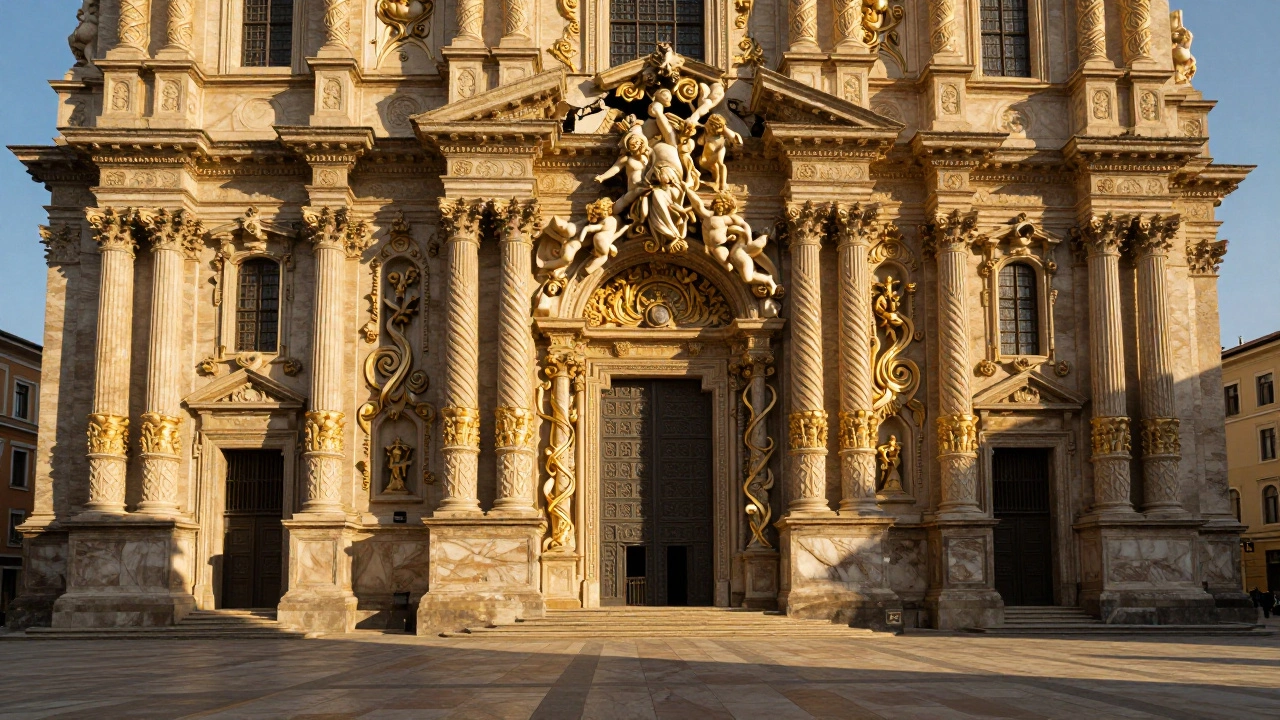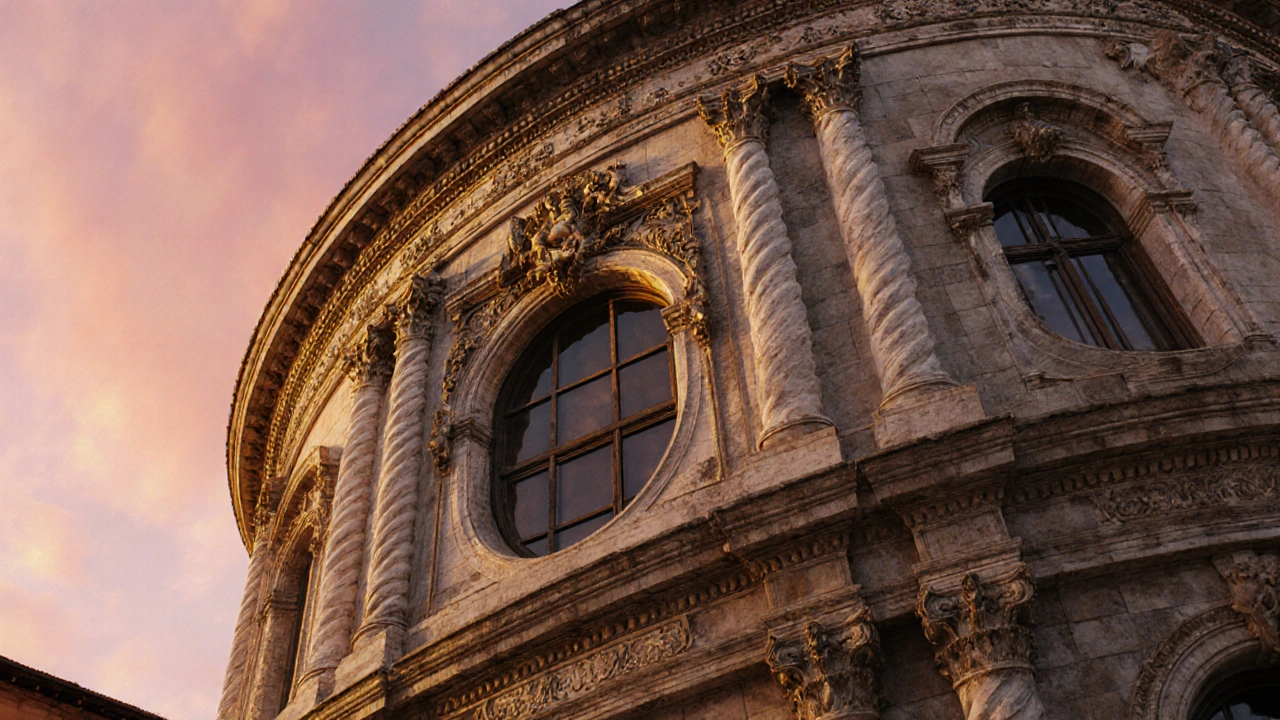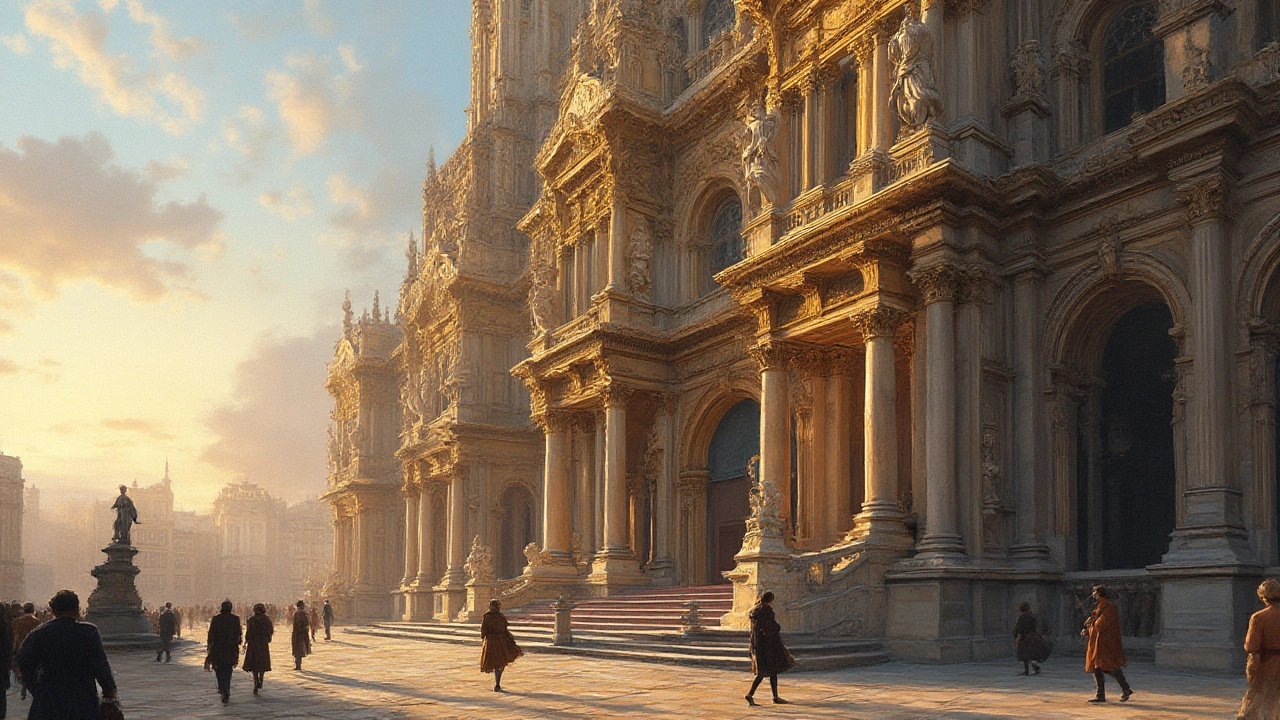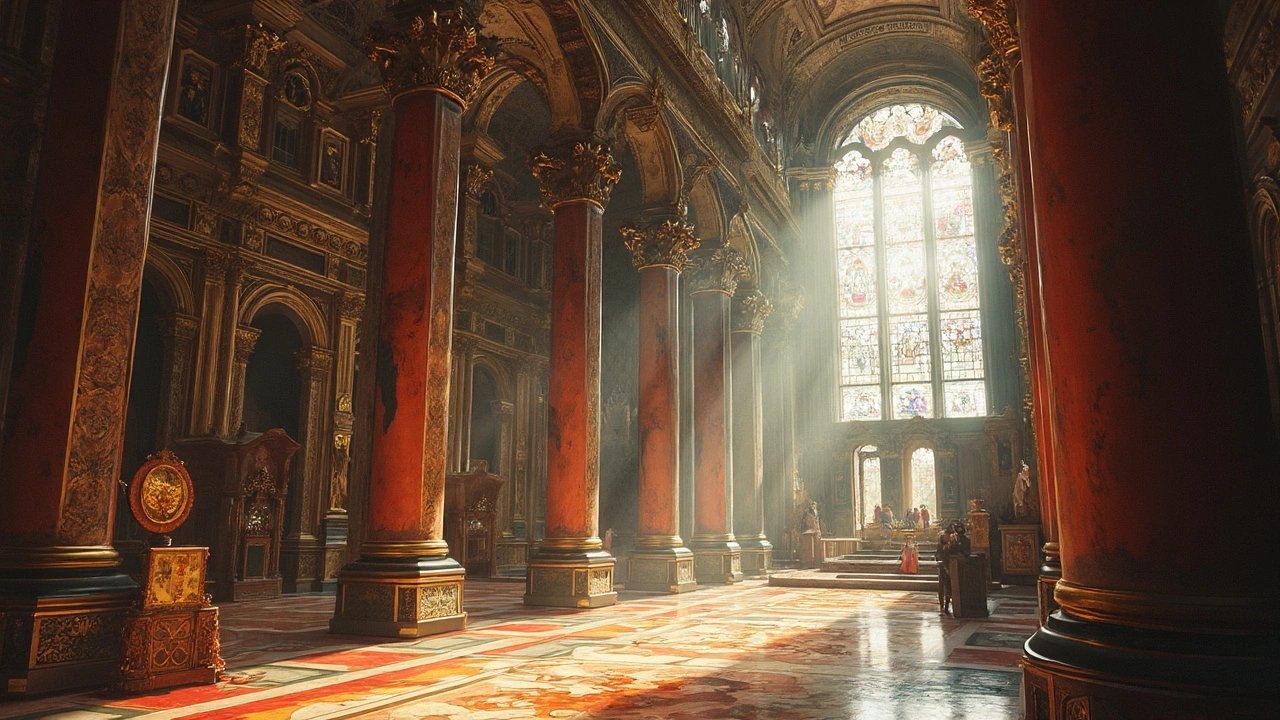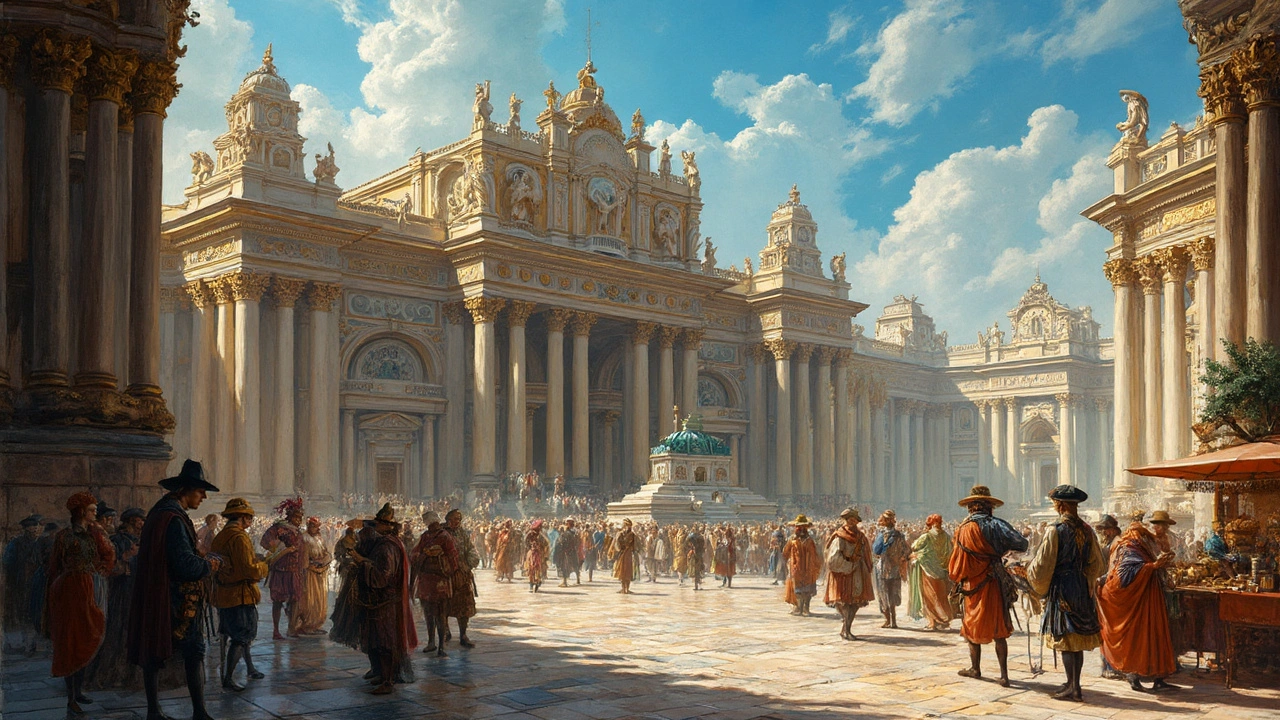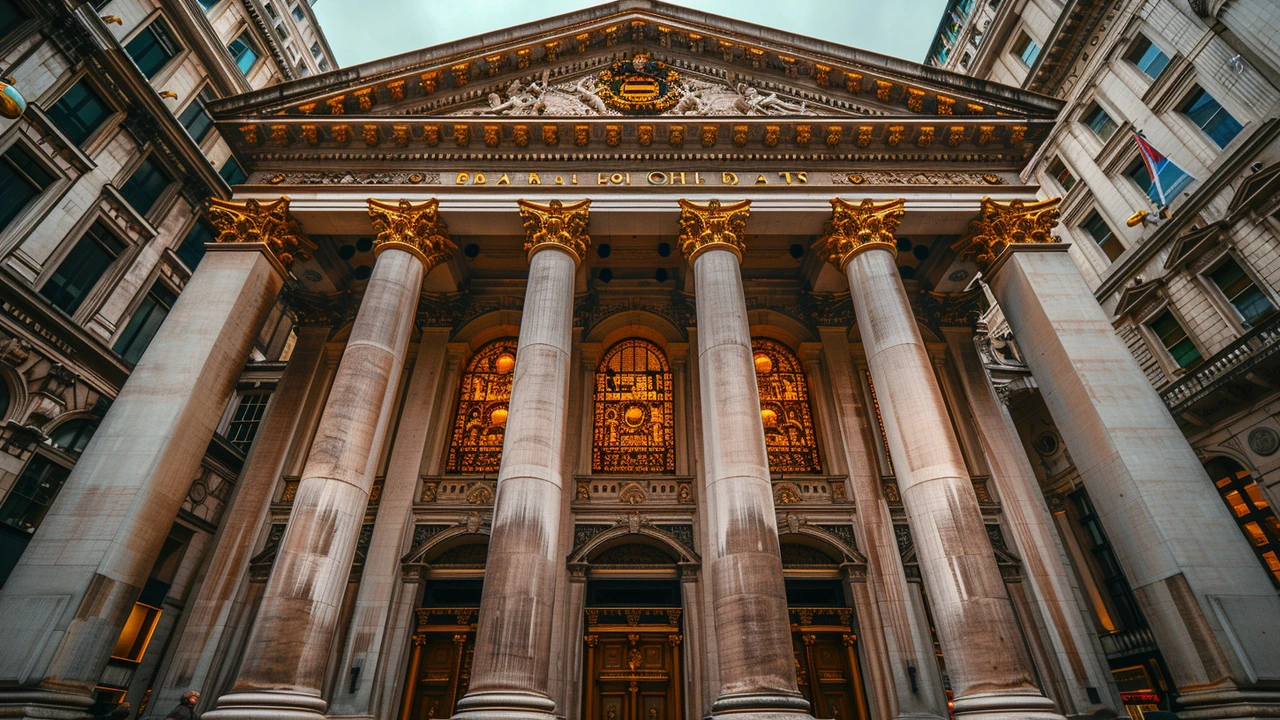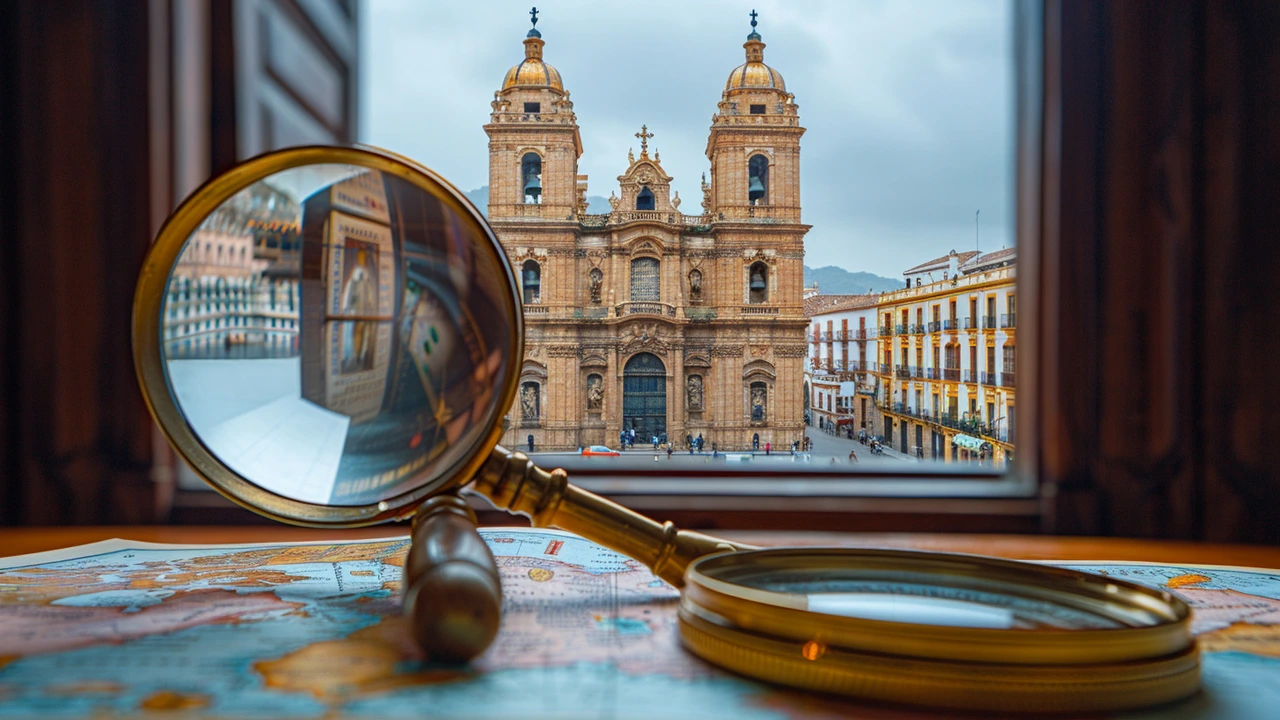Baroque architecture uses movement, drama, and ornament to create awe. Learn how to recognize its twisted columns, gilded ceilings, and emotional design language in churches, palaces, and beyond.
Baroque Architecture: How to Read the Drama in Stone
Baroque architecture was built to move you. Born in late 1500s Italy and spreading across Europe and the colonies, Baroque aimed for emotion: big gestures, deep shadows, and ornament so bold you can’t ignore it. If a building feels theatrical—like a stage set frozen in stone—there’s a good chance it’s Baroque.
Quick signs to spot on the street
Want fast clues? Look for strong contrasts of light and dark, sweeping curves, and façades that seem to push forward and pull back. Broken pediments, heavy columns, and tall, dramatic staircases are common. Interiors often have oval or complex floor plans, ceilings covered in frescoes, and lots of gilding. Sculptures are not just decoration; they interact with architecture, guiding your eye and creating motion.
Think Bernini and Borromini: Bernini used theatrical sculpture and sweeping colonnades (see St. Peter’s Square). Borromini favored complex curves and daring geometry (see San Carlo alle Quattro Fontane). These architects show the two sides of Baroque—grand spectacle and bold experimentation.
Why it looks the way it does
Two quick reasons. First, the Catholic Church during the Counter-Reformation wanted buildings that inspired awe and reinforced faith. Second, new engineering ideas let builders shape curves and large domes more confidently. The result: architecture that mixes art, light, and structure to create a powerful experience.
Materials are practical clues too. Look for stucco and marble inside, and stone façades outside that hold carved details. Frescoes and painted ceilings are signature features—when the ceiling tells a story and seems to open to the sky, you’re in Baroque territory.
Want to photograph Baroque buildings? Shoot during golden hour to catch deep shadows and highlight reliefs. Use a wide lens to capture sweeping curves but step back when possible—Baroque often needs distance to read its drama. Inside, raise the ISO reasonably; frescoed ceilings are worth the grain.
Thinking of bringing Baroque into a home? You don’t need a palace. Pick one or two bold elements: an ornate mirror, a curved sofa, layered lighting, or a statement cornice. Balance is key—pair heavy ornament with plain walls so the eye rests.
Finally, where to see the best examples? Rome and Turin in Italy, Versailles in France, and many Central European churches and palaces. Colonial cities in Latin America also have stunning Baroque churches adapted with local art and materials.
Baroque is showy but smart. Once you know the moves—curves, contrast, movement—you’ll start spotting it everywhere from grand cathedrals to small town squares. Notice how the building makes you feel; that emotional nudge is the real Baroque signature.
Explore Baroque architecture's drama, history, key features, and famous examples worldwide. Learn how to spot the style and understand its lasting influence.
Discover how Baroque architecture captures drama, movement, and opulence. Explore its origins, key features, and influence across history and today.
Discover the captivating world of Baroque architecture—a style defined by grandeur, drama, and intricate details. This article explores its historical roots, key features, and iconic examples. Learn how Baroque design has influenced modern aesthetics and get practical tips for incorporating its elements into your own space.
Baroque architecture isn't just grand and ornate; it tells stories about the cultural shifts of its time. This article dives into how this architectural style influenced the world, from its lush details to its dramatic designs. Readers will explore how Baroque art served as a reflection of power, emotion, and innovation. With practical insights and engaging examples, you'll see why this style left such an indelible mark on history.
Baroque architecture, known for its ornate detail and dramatic beauty, continues to influence our modern world. The intricate designs and grandeur of Baroque buildings offer more than just aesthetic appeal; they embody cultural and historical significance that remains relevant. This article delves into why Baroque architecture still matters today, examining its unique features, historical importance, and lasting impact on contemporary design.
Dive into the extravagant world of Baroque architecture, characterized by its dramatic use of shapes and rich decorations. This article delves into the intricacies of Baroque aesthetics from the late 16th century, exploring its roots, evolution, and key examples across Europe. Learn about the significant builders who propelled this style into prominence and discover how modern periods interpret these architectural marvels. The article also offers practical insights into observing and experiencing Baroque architecture today.

